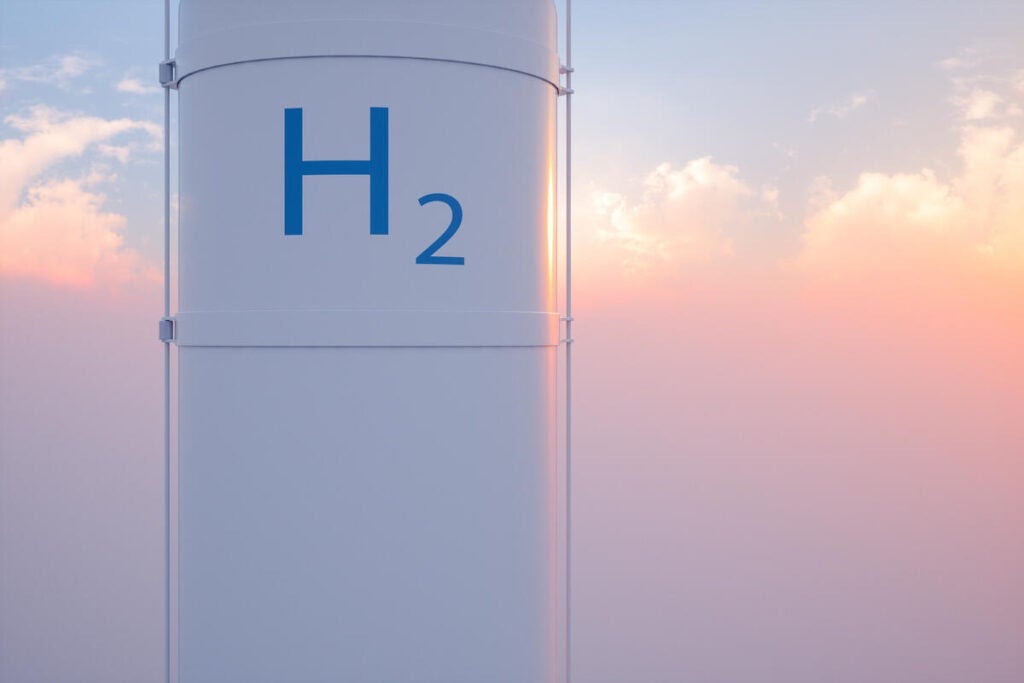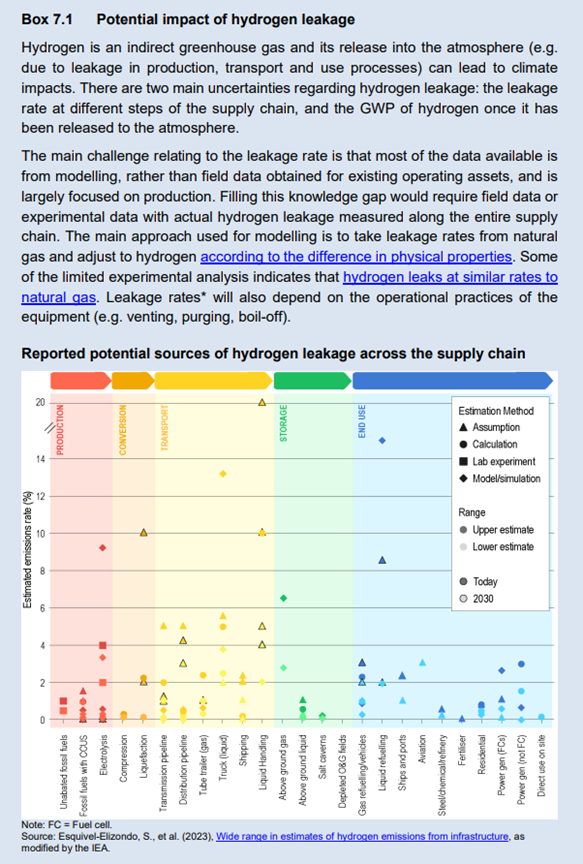Road to COP29: Will hydrogen help us meet our climate goals?
 With COP29 just around the corner, the reality of how far we still have to go to meet global climate goals is coming into focus. A new United Nations (UN) Climate Change report finds “current national climate plans fall miles short of what’s needed”. Similarly, the UN Environment Programme reports that national pledges would only reduce emissions 4-10% below 2019 levels by 2030.
With COP29 just around the corner, the reality of how far we still have to go to meet global climate goals is coming into focus. A new United Nations (UN) Climate Change report finds “current national climate plans fall miles short of what’s needed”. Similarly, the UN Environment Programme reports that national pledges would only reduce emissions 4-10% below 2019 levels by 2030.
Yet, hydrogen is one of the climate opportunities that governments, industry and investors are excited about. Hundreds of billions of dollars in investment, as well as more than 50 national hydrogen strategies and roadmaps, have been put on the table to develop it. And the COP29 Presidency is focusing on putting those plans into action, with a new declaration that lays out what is required to address regulatory, technological, financing and standardization barriers to market acceleration.
Notably this includes a call for actions to ensure hydrogen deployment achieves maximum climate benefits. This is the crucial point if we want to avoid hydrogen becoming just another failed climate strategy. Whether labeled zero emission or low carbon, hydrogen is not a silver bullet: Poorly deployed, it can produce limited climate benefits, or even be worse for the climate in the near term (20 years from now) than the fossil systems it is slated to replace. This is because hydrogen is highly energy intensive to produce, and its production, management and use can trigger climate-warming emissions.
Governments and global leaders must be clear-eyed about the benefits and risks of hydrogen development — which requires robust climate accounting, grounded in the latest climate science, real data and strong verification protocols.
Road to COP29: Will hydrogen help us meet our climate goals? Share on XFour key considerations, in particular, deserve careful attention when we’re thinking about global and national policy frameworks and standards as we head into COP29 and beyond:
1. Credible accounting for upstream methane emissions
For hydrogen made from natural gas, upstream methane emissions have an outsized influence over whether the resulting hydrogen is beneficial for the climate. A potent climate-warming gas, methane has more than 80 times the warming power of carbon dioxide in the first 20 years after release.
But the accounting frameworks currently under consideration for hydrogen are antiquated – relying on outdated (and under-accounted for) national methane leak estimates. They risk undermining a decade of work by the international community to set high standards for monitoring, reporting and mitigating methane emissions.
Data from recent satellite-based studies show that methane emissions from oil and gas production are 30% higher than what countries report to the UN. Additionally, relying on single national averages also obscures significant geographic variations. For example, a fossil hydrogen facility sourcing methane from the Uinta basin in the U.S. would generate more than double the emissions than the national average — equivalent to ignoring the annual emissions of 3 to 4 natural gas-fired power plants.
Credible accounting standards should instead require current measurements of gas-producing basins, based on independent data — such as from satellites — paired with verified, high-quality industry data (such as via the Oil and Gas Methane Partnership 2.0 Level 5 framework). This type of integrated data will be available starting in 2025 through the UN’s International Methane Observatory.
And because methane is a short-lived climate pollutant, we must consider both longer-term warming (using the standard 100-year timeframe, or GWP100) and the shorter-term metric of 20 years (GWP20).
2. Verified carbon capture and storage rates
When carbon capture is deployed, to clean up fossil-based hydrogen facilities, what matters is the actual volume captured and stored. Most of today’s carbon capture systems are designed to only capture 65% of carbon emitted. To call hydrogen clean, that needs to be at least 95%. And even when systems are designed to capture 95%, that does not mean they will. Actual capture rates can be lower based on any number of factors, such as shut-downs or system malfunctions.
Similarly, unless the most rigorous steps have been taken, captured carbon that is stored underground could leak over time, undermining the claim that a hydrogen facility is a durable low-carbon solution.
Bottomline, carbon capture and storage facilities have to be very well designed and operated. And robust monitoring, reporting and verification (of both the captured and stored carbon) are essential so that we know that fossil-based hydrogen facilities are meeting their climate targets.
3. Expanding clean electricity production (rather than competing for it)
Producing renewable hydrogen requires a lot of electricity. For those production facilities that are connected to the power grid, this increasing demand could easily trigger more generation from gas or coal-fired power plants. The result could be renewable hydrogen, intended to be zero emission, that actually increases climate pollution.
It is essential, then, that new, hourly-matched clean power is brought online to keep pace with increasing hydrogen production. The most direct way to do this is through behind the meter systems, where the hydrogen production facility is directly connected with the new wind or solar farm that supplies its energy during the hours the electrolyzer is running.
Most systems, however, are expected to be connected to an electrical grid and will rely upon market mechanisms such as renewable energy credits to invest indirectly in renewable power generation. Robust standards for these RECs, such as those already enacted by the European Union, will be crucial for determining whether or not renewable hydrogen can be considered “zero-emission”.
4. Managing hydrogen emissions
Although often overlooked, hydrogen emissions must be factored into decision-making frameworks and management practices. Hydrogen itself is an indirect greenhouse gas that causes warming when released into the atmosphere. Recent studies by atmospheric scientists have found hydrogen to have 37 times the warming power of CO2 in the first 20 years.
Moreover, hydrogen is a small, leak-prone molecule that can easily escape into the atmosphere if extreme care is not taken to contain it. Studies even show that certain materials, like the steel generally used in natural gas pipelines, are not strong enough to safely contain hydrogen, which is known to accelerate cracking. Hydrogen is also intentionally vented and purged as part of standard operational practices.
Based on modeling, scientists and engineers estimate that emission rates could range anywhere from well-below 1% to above 20%. Now we need real-world data from field measurements of various types of facilities and infrastructure, so that we can verify these estimates and develop the technical and operational best practices necessary to minizine hydrogen losses — a need recently highlighted in the International Energy Agency’s annual Global Hydrogen Review.
Ultimately, hydrogen has real potential as a decarbonization tool. But every hydrogen project must be guided by science and evaluated according to its actual ability to drive down climate-warming emissions. On the road to COP29, we’re urging all leaders and decisionmakers to put the systems in place necessary to make hydrogen the most successful climate solution it can be.











